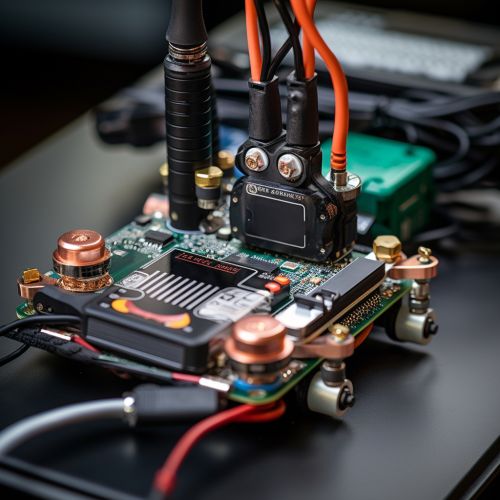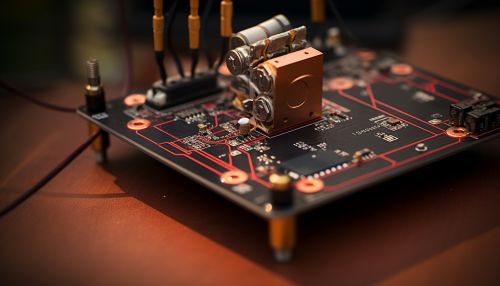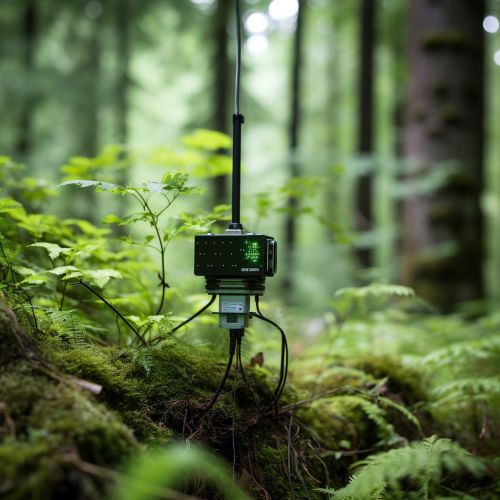Wireless Sensor Network
Introduction
A Wireless Sensor Network is a group of spatially dispersed and dedicated sensors that monitor physical or environmental conditions. These networks are an integral part of modern technological systems, providing critical data in a wide array of applications, from healthcare to military operations.


Overview
Wireless Sensor Networks consist of small, battery-powered devices known as nodes. Each node is equipped with one or more sensors, a microcontroller, a radio frequency transceiver, and an energy source, usually a battery. The nodes communicate wirelessly, often over a shared radio frequency, to relay the data they collect back to a central location, known as the sink or base station.
Architecture
The architecture of a Wireless Sensor Network can vary greatly depending on the specific application, but most networks share some common elements. These include the sensor nodes, the sink or base station, and the communication links that connect them.


Sensor Nodes
The sensor nodes are the primary components of a Wireless Sensor Network. Each node is typically equipped with a sensor to monitor specific environmental conditions, a microcontroller to process the data, a radio frequency transceiver for wireless communication, and a power source.
Base Station
The base station, also known as the sink, is the central point of a Wireless Sensor Network. It is typically more powerful than the individual sensor nodes and is responsible for gathering data from the network, processing it, and possibly relaying it to other networks.
Communication Links
The communication links in a Wireless Sensor Network are the wireless connections between the sensor nodes and the base station. These links are typically established using radio frequency communication, but other methods such as optical or infrared communication can also be used.


Applications
Wireless Sensor Networks have a wide range of applications, from environmental monitoring to industrial automation. Some of the most common applications include:
Environmental Monitoring
Wireless Sensor Networks are often used for environmental monitoring. This can include monitoring air or water quality, tracking wildlife, or detecting natural disasters such as forest fires or landslides.
Healthcare
In healthcare, Wireless Sensor Networks can be used for patient monitoring, both in hospitals and at home. This can include monitoring vital signs, tracking patient movement, or even detecting falls.
Industrial Automation
Wireless Sensor Networks are also commonly used in industrial automation. This can include monitoring machinery for signs of wear or failure, tracking inventory, or automating processes such as temperature control or lighting.


Challenges
Despite their many applications, Wireless Sensor Networks also face a number of challenges. These include power consumption, security, and scalability.
Power Consumption
Power consumption is a major challenge in Wireless Sensor Networks. Because the sensor nodes are typically battery-powered, they must be designed to operate as efficiently as possible to prolong battery life.
Security
Security is another major challenge in Wireless Sensor Networks. Because the networks often handle sensitive data and operate in unsecured environments, they are a prime target for cyber attacks.
Scalability
Scalability is also a challenge in Wireless Sensor Networks. As the size of the network increases, so does the complexity of managing and maintaining it.


Future Trends
As technology continues to advance, Wireless Sensor Networks are likely to become even more prevalent. Some potential future trends include the integration of WSNs with the Internet of Things, the use of energy harvesting techniques to power sensor nodes, and the development of more advanced security measures.


